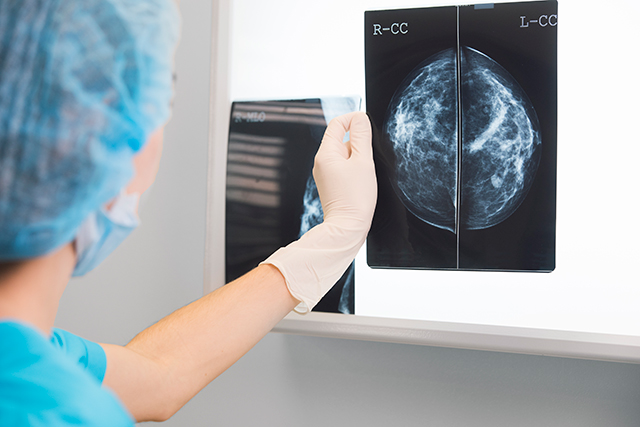A mastectomy is a surgical procedure that involves the removal of one or both breasts. Often completed as a treatment for breast cancer, this procedure may also be done as a preventive measure for women with a high risk of developing breast cancer.1 Following the procedure, patients require specific postmastectomy care management to promote healing and recovery. As a nurse, understanding the options available to patients for postmastectomy care is essential. This article aims to review the different postoperative care options, discuss potential complications nurses may be required to manage, and explore patient preferences.
Options for postmastectomy care management are based on the procedure a patient undergoes and their personal preferences.
Breast reconstruction may involve multiple surgeries and a lengthy recovery period. An essential role for the nurse is to provide patients with information about the different types of reconstruction available and support them through the decision-making process.
The procedure can involve breast implants or autologous tissue from other parts of the patient’s body. Breast reconstruction may be done immediately following the mastectomy or at a later time.
Implant-based reconstruction involves the use of saline or silicone implants to create a breast mound. Women who are not able to have implants placed immediately may require tissue expanders that need periodic fills of saline to help prepare the skin and tissue for the implants. This may require multiple surgical procedures.1
Autologous reconstruction, on the other hand, uses the patient’s own tissue, such as from the abdomen, to reconstruct the breast. Tissue is transferred from the donor site to the breast. Blood vessels in the area are connected to perfuse the tissue, and fat grafting can help provide a more natural breast appearance.1
Breast Prosthesis
For those who do not elect or are not candidates for reconstruction, breast prosthesis may be an option. This is a custom-made or ready-to-wear breast form that is worn inside a bra. A prosthesis can be made of silicone gel or other materials and come in different shapes and sizes to match the patient’s remaining breast. They can be worn immediately after the mastectomy or at a later time.3 Nurse education is an important part of patients’ knowledge of the different types of breast prostheses available and how to determine which prosthesis fits well and is comfortable.
Reconstructive Burnout
With advantages and disadvantages to each postmastectomy care management approach, postoperative decisions should be made with the patient, balancing their preferences, medical history, and overall health.
A new term recently coined in the literature is reconstructive burnout. It is a type of stress some patients experience as they journey through the reconstruction process.2 The patients who experience reconstructive burnout end up not completing the reconstruction process, as its multiple surgeries, potential complications, and emotional distress take a toll on their will to continue with breast reconstruction.
Nurses are in a prime position to help patients through the process, and assist surgeons with determining which patients may be at higher risk for reconstructive burnout.2 They have a significant role in educating patients about the signs and symptoms of surgical complications and how to manage their postmastectomy care.
